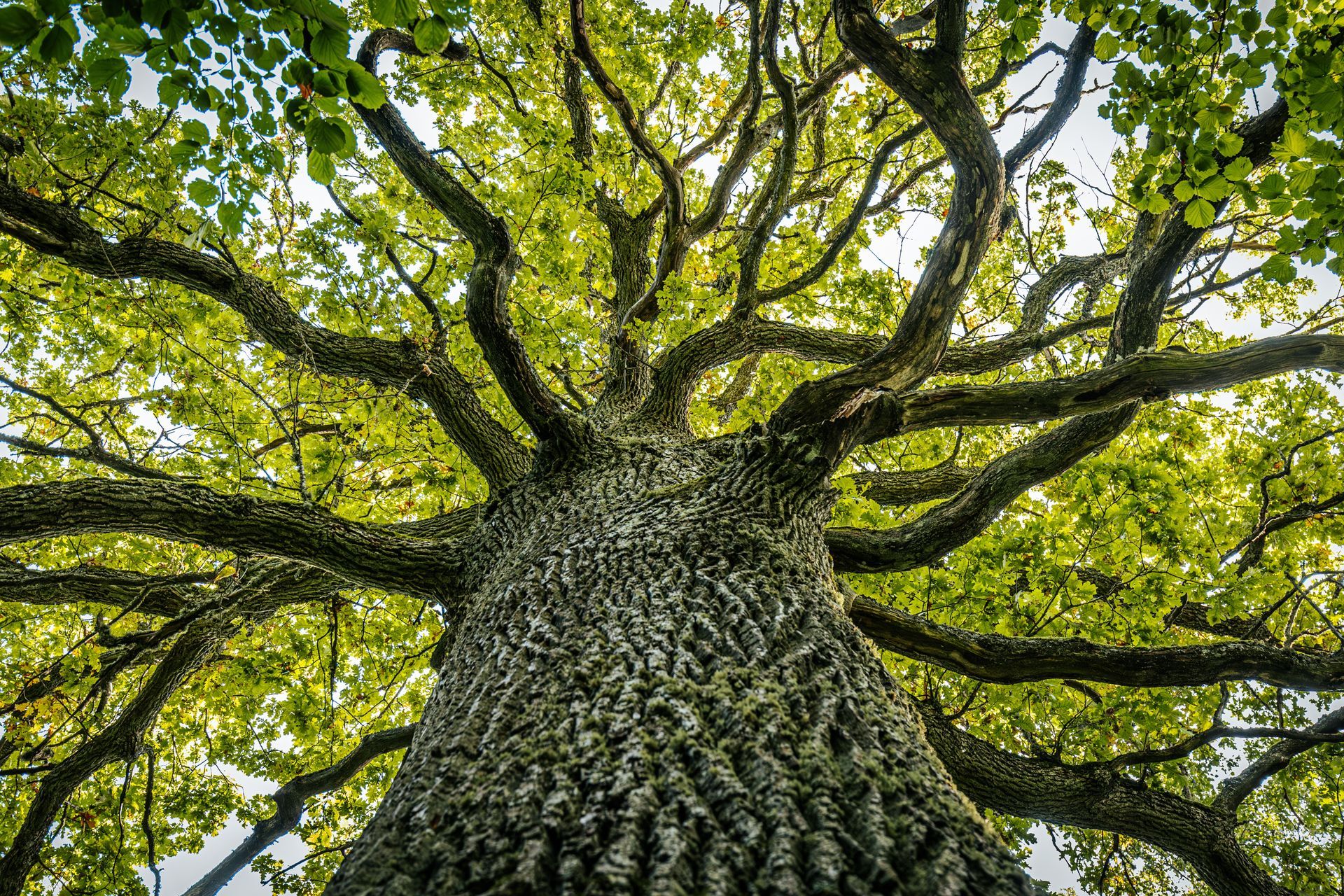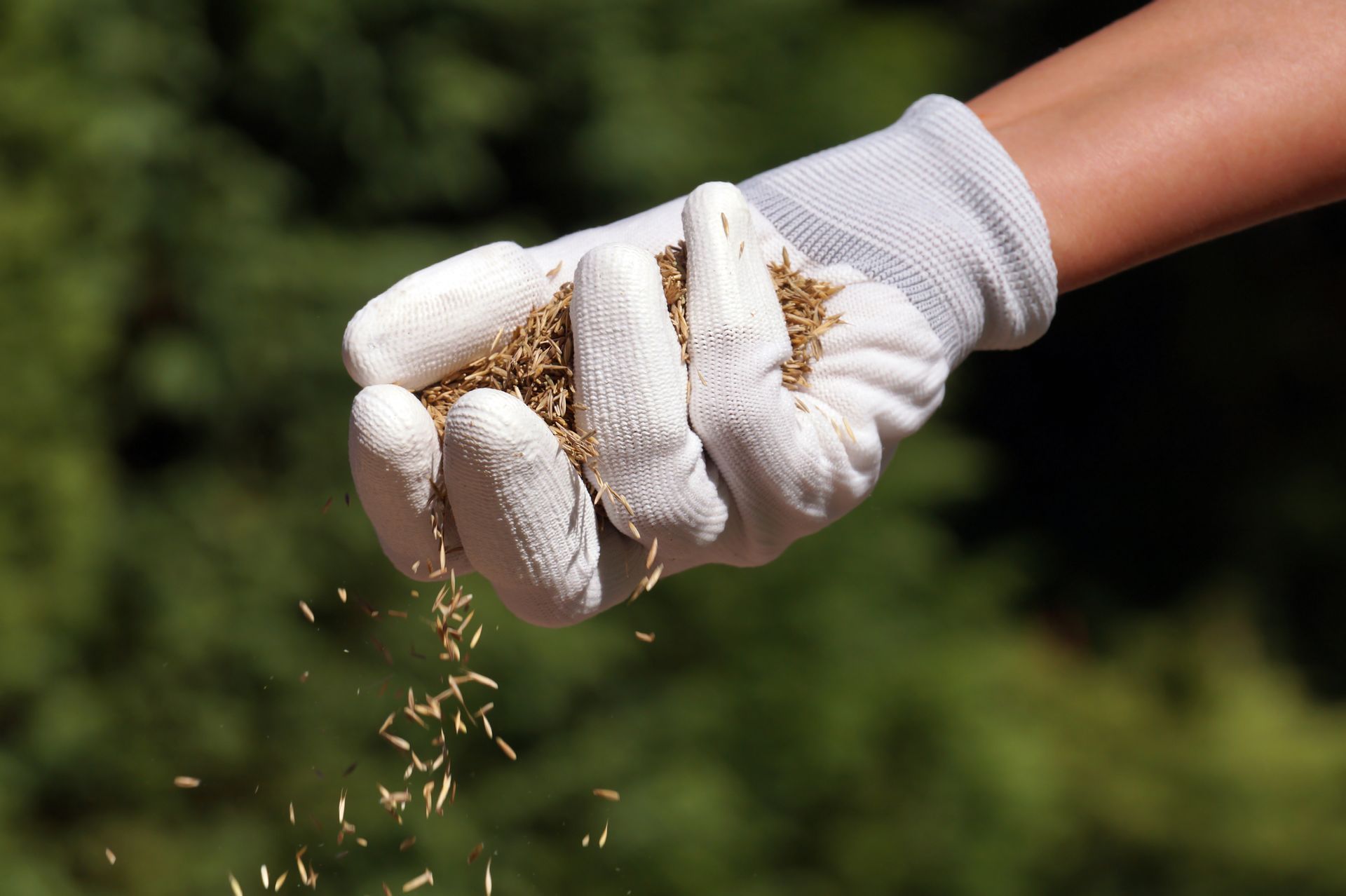November 21, 2024
How to Prepare Your Lawn for Winter in Michigan: An Essential Guide for a Healthier Spring
As the temperatures drop and winter approaches, many Michigan homeowners start thinking about putting away the lawnmower until spring. However, taking a few extra steps to winterize your lawn now can make a huge difference in its health and appearance when the snow melts. Here’s everything you need to know to prepare your lawn for the colder months and set it up for success in spring.
Why Winter Lawn Preparation Matters
Michigan winters can be harsh, with freezing temperatures, heavy snow, and high winds that all impact the health of your lawn. Without the right preparation, your lawn can suffer from issues like root damage, disease, and even bare patches in the spring. By preparing in the fall, you can protect your grass, strengthen its root system, and even cut down on maintenance work once warmer weather returns.
1. Clear Away Debris and Leaves
Start by thoroughly cleaning your lawn. Fallen leaves, branches, and other debris can trap moisture and block sunlight, which can encourage mold and disease to grow in your lawn over the winter. Raking your lawn regularly and removing debris helps your grass breathe and absorb sunlight.
- Rake Frequently: Instead of waiting for all the leaves to fall, rake every week or so. This reduces the workload and ensures your lawn isn’t buried under a thick layer of leaves.
- Compost Tip: If you’re eco-conscious, consider composting the leaves instead of bagging them. Leaf compost can provide excellent nutrients for your lawn and garden in spring.
2. Mow One Last Time (But Shorter)
Give your grass one final mow before winter sets in. For this last cut, set your mower blade a little lower than usual, around 2-2.5 inches. Shorter grass prevents matting, reduces the risk of mold, and helps ensure sunlight can still reach the blades.
- Mowing Technique: Avoid cutting the grass too short or “scalping” it. Extremely short grass exposes the roots to freezing temperatures and can weaken them.
3. Aerate the Lawn to Improve Root Health
Soil in Michigan often becomes compacted over time, especially with the freeze-thaw cycles during winter. Aerating your lawn is a crucial step that creates small holes, allowing water, oxygen, and nutrients to penetrate down to the roots. This strengthens the grass and helps it absorb vital nutrients during winter dormancy.
- When to Aerate: The best time to aerate in Michigan is early to mid-fall. This gives your lawn time to recover from the aeration process before the ground freezes.
- DIY or Professional: For small lawns, a manual aerator works fine. For larger properties, you might want to rent a machine or hire a professional.
4. Apply a High-Quality Fall Fertilizer
Fall is an ideal time to fertilize because the nutrients will feed the roots as they prepare for dormancy. A high-quality, slow-release fertilizer with a higher potassium content is ideal. Potassium helps strengthen cell walls in the grass, making it more resistant to cold, drought, and disease.
- Choosing the Right Fertilizer: Look for a fertilizer labeled for fall, typically with an N-P-K ratio that’s higher in nitrogen and potassium. Nitrogen promotes healthy leaf growth, while potassium strengthens roots.
- Timing: Aim to fertilize in late September or early October when grass is still actively growing, but the temperatures have cooled.
5. Water Sparingly but Consistently Until the First Freeze
Though cooler fall temperatures mean less evaporation, your lawn still needs water until the ground starts to freeze. Reducing watering frequency gradually helps the grass adjust. Over-saturated soil in freezing conditions can lead to root rot, so be careful not to water excessively.
- How Often to Water: Water deeply once or twice a week, depending on rainfall. Once the temperatures drop consistently below freezing, you can stop watering.
6. Overseed Any Bare Patches
Overseeding involves adding grass seed to bare or thin areas of your lawn. It’s best to overseed in early fall so the new grass has time to establish before winter. This improves the lawn’s density and fills in areas that might otherwise become vulnerable to weeds in the spring.
- Best Seed Choice: Use a cool-season grass seed mix suited for Michigan’s climate. Make sure to rake and lightly cover the seeds with soil after spreading for better germination.
- Water New Seed: Lightly water the overseeded areas until the new grass is about 2 inches tall.
7. Protect Trees, Shrubs, and Flower Beds with Mulch
A layer of mulch helps insulate soil and protect plant roots from frost. Spread a 2-3 inch layer around the base of trees and shrubs and in flower beds. This helps regulate soil temperature and moisture, keeping plants healthier throughout the cold season.
- Where to Mulch: Focus on sensitive plants or areas prone to frost.
- Avoid Over-Mulching: Applying too much mulch can suffocate roots, so aim for just enough to cover the soil.
8. Winterize Your Irrigation System
If you have an irrigation system, it’s essential to drain it and shut it off before temperatures drop below freezing. Frozen water in pipes can lead to bursts, causing costly repairs come spring.
- Professional Winterization: Many irrigation companies offer winterization services, which include blowing out the lines to ensure no water remains.
The Benefits of a Well-Prepared Lawn in Spring
By taking these simple steps in the fall, you’ll reap the rewards of a strong, healthy lawn in spring. A winterized lawn is more resistant to diseases and pests, requires less work to bring back to life, and has a better overall appearance.
Schedule Your Winter Lawn Prep with Visionary Fertilization!
Winterizing your lawn can be time-consuming, but it’s worth it for a beautiful spring lawn. If you’re ready for professional help, Visionary Fertilization offers expert lawn care services to prepare your lawn for winter. Contact us today to schedule your lawn winterization and get your yard set for the season ahead!




